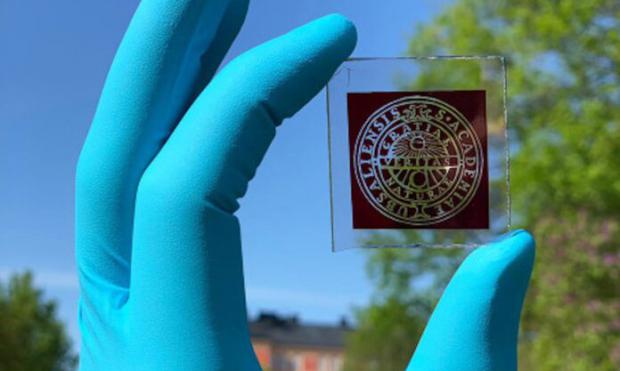
Breaking News
 The 3 Reasons Behind US Plot to Depose Venezuela's Maduro – Video #254
The 3 Reasons Behind US Plot to Depose Venezuela's Maduro – Video #254
 Evangelicals and the Veneration of Israel
Evangelicals and the Veneration of Israel
 Zohran Mamdani's Socialist Recipe for Economic Destruction
Zohran Mamdani's Socialist Recipe for Economic Destruction
 BREAKING: Fed-Up Citizens Sue New York AG Letitia James for Voter Intimidation...
BREAKING: Fed-Up Citizens Sue New York AG Letitia James for Voter Intimidation...
Top Tech News
 Goodbye, Cavities? Scientists Just Found a Way to Regrow Tooth Enamel
Goodbye, Cavities? Scientists Just Found a Way to Regrow Tooth Enamel
 Scientists Say They've Figured Out How to Transcribe Your Thoughts From an MRI Scan
Scientists Say They've Figured Out How to Transcribe Your Thoughts From an MRI Scan
 SanDisk stuffed 1 TB of storage into the smallest Type-C thumb drive ever
SanDisk stuffed 1 TB of storage into the smallest Type-C thumb drive ever
 Calling Dr. Grok. Can AI Do Better than Your Primary Physician?
Calling Dr. Grok. Can AI Do Better than Your Primary Physician?
 HUGE 32kWh LiFePO4 DIY Battery w/ 628Ah Cells! 90 Minute Build
HUGE 32kWh LiFePO4 DIY Battery w/ 628Ah Cells! 90 Minute Build
 What Has Bitcoin Become 17 Years After Satoshi Nakamoto Published The Whitepaper?
What Has Bitcoin Become 17 Years After Satoshi Nakamoto Published The Whitepaper?
 Japan just injected artificial blood into a human. No blood type needed. No refrigeration.
Japan just injected artificial blood into a human. No blood type needed. No refrigeration.
 The 6 Best LLM Tools To Run Models Locally
The 6 Best LLM Tools To Run Models Locally
 Testing My First Sodium-Ion Solar Battery
Testing My First Sodium-Ion Solar Battery
 A man once paralyzed from the waist down now stands on his own, not with machines or wires,...
A man once paralyzed from the waist down now stands on his own, not with machines or wires,...
Low Ambient Light Indoors Can Be Harvested to Charge Electronics

Towards this goal, Swedish researchers have created a new type of dye-sensitized solar cell that could charge our electronics by harvesting light from indoor lamps.
The research—published in Chemical Science—promises to revolutionize indoor digital sensing for smart greenhouses, offices, shelves, packages, and many other 'smart' everyday objects that connect to the internet.
According to a statement from Uppsala University, it is estimated that by 2025, many facets of our lives will be mediated through 75 billion devices that connect to the internet—a majority of which will be located indoors.
Broad installation of internet-enabled devices requires them to become autonomous, meaning that they should no longer need batteries or a grid connection to operate. To achieve this, it is crucial to identify a local low-maintenance energy source that can provide power them, especially in ambient conditions.
An Uppsala research team led by Marina Freitag, assistant professor at the Department of Chemistry, has developed new indoor photovoltaic cells that can convert up to 34 per cent of visible light into electricity to power a wide range of Internet of Things (IoT) sensors.



